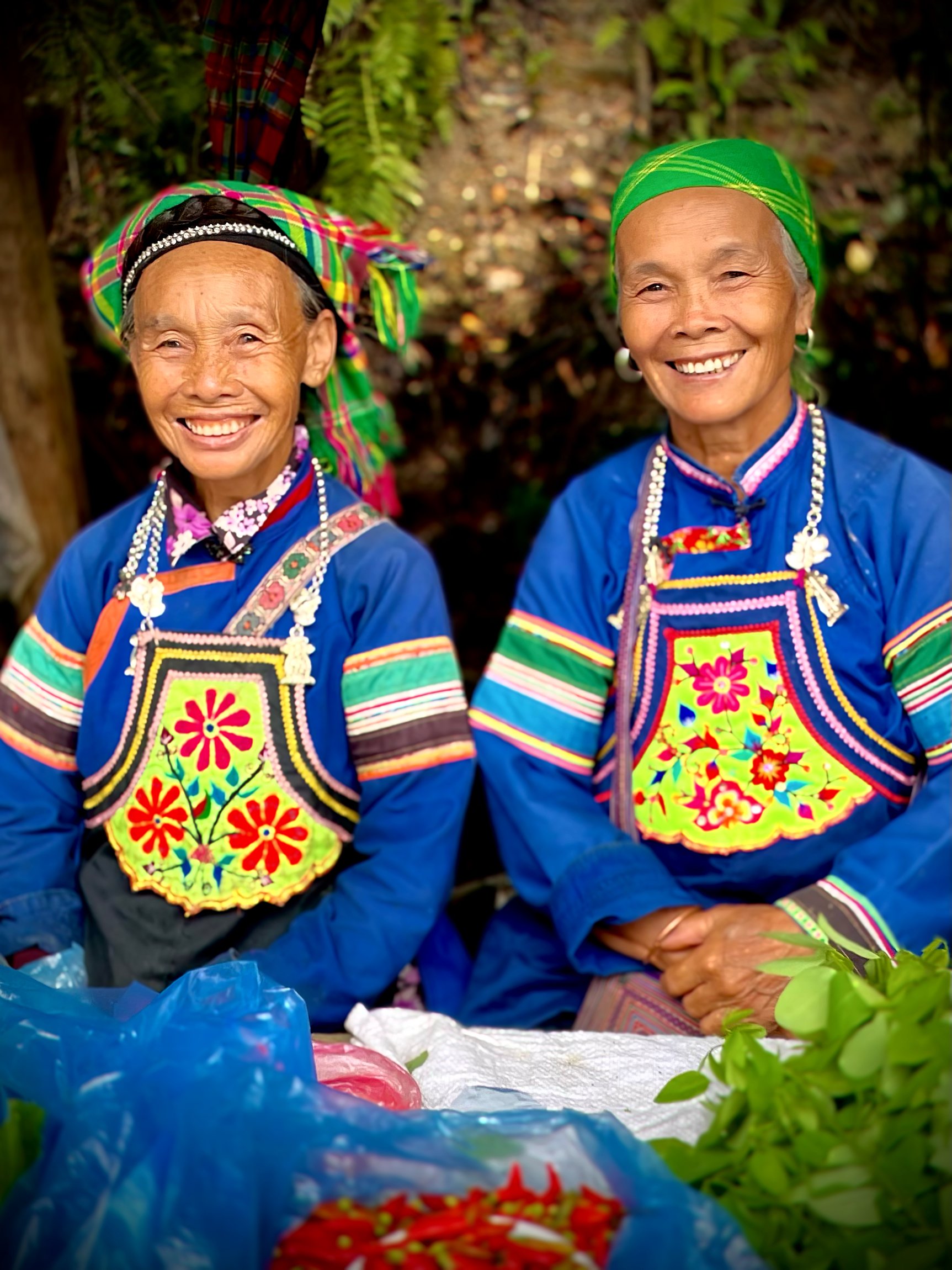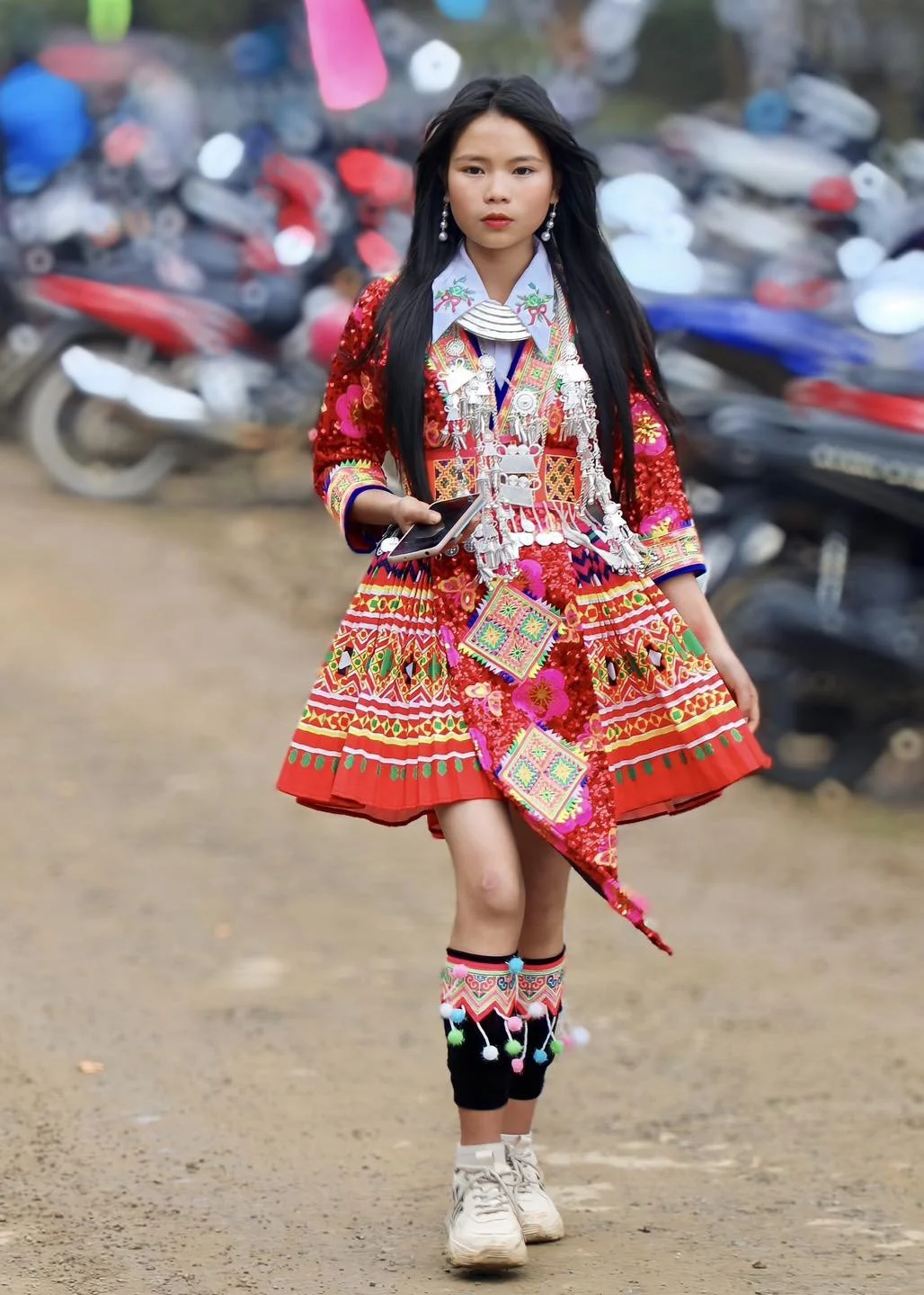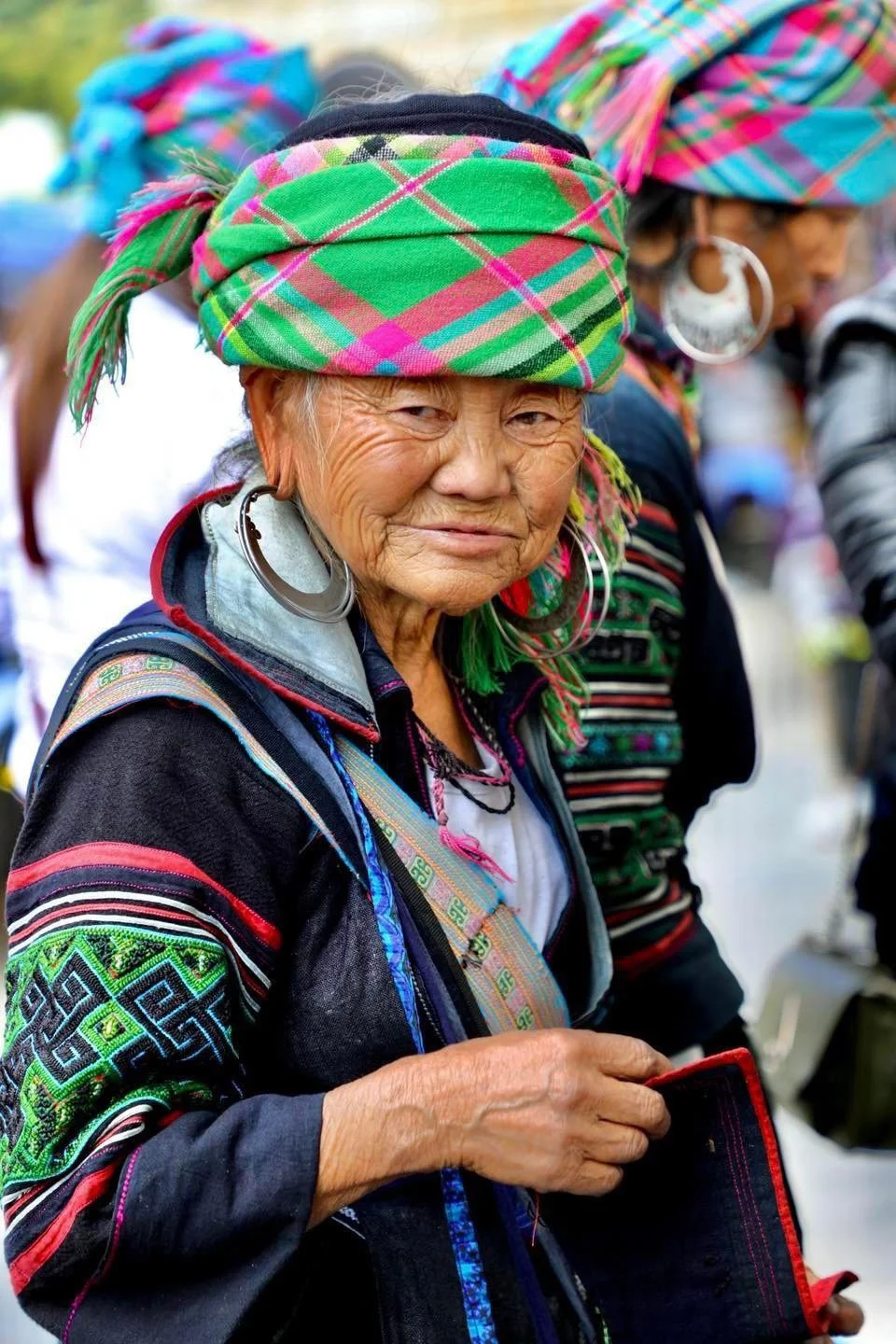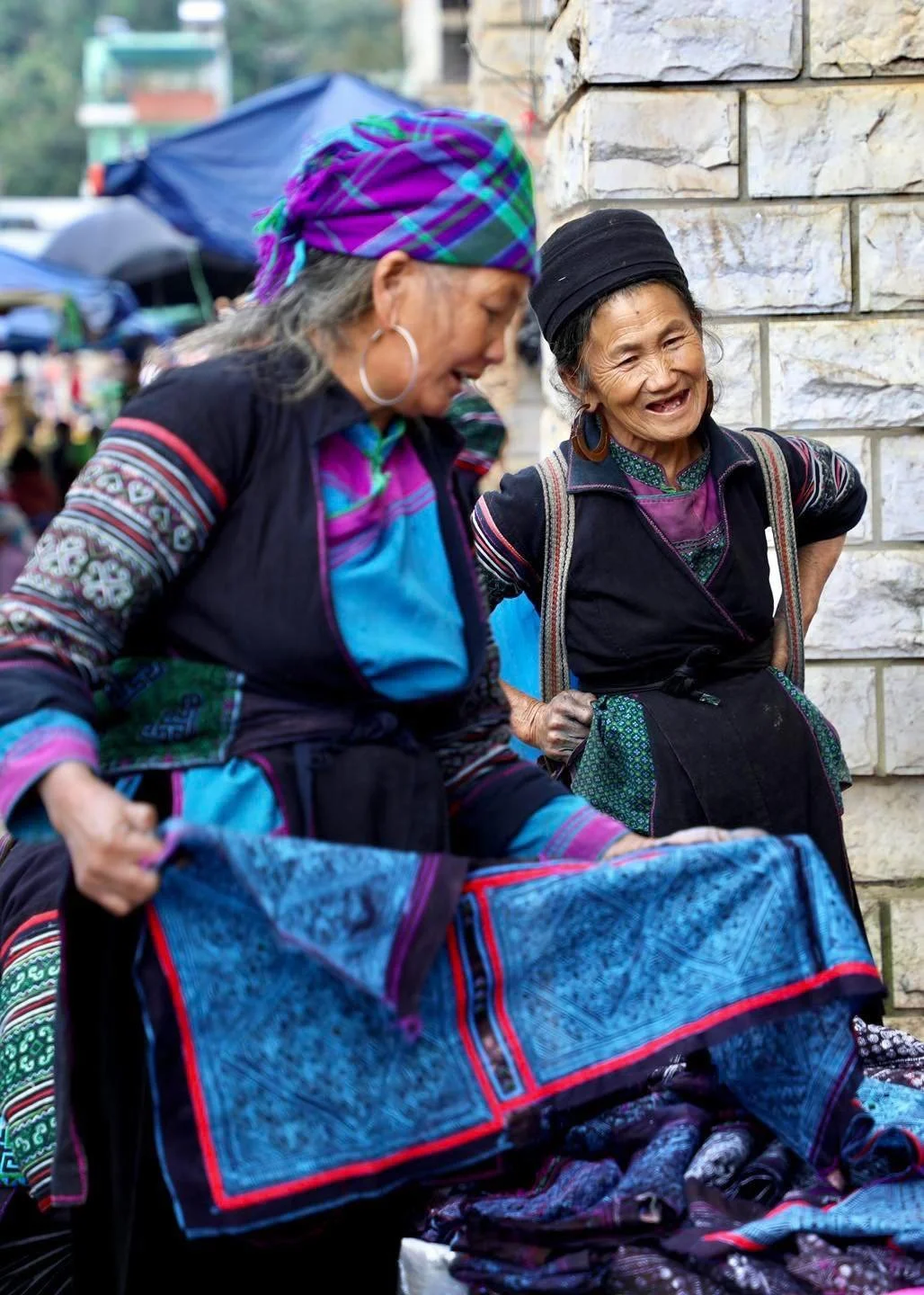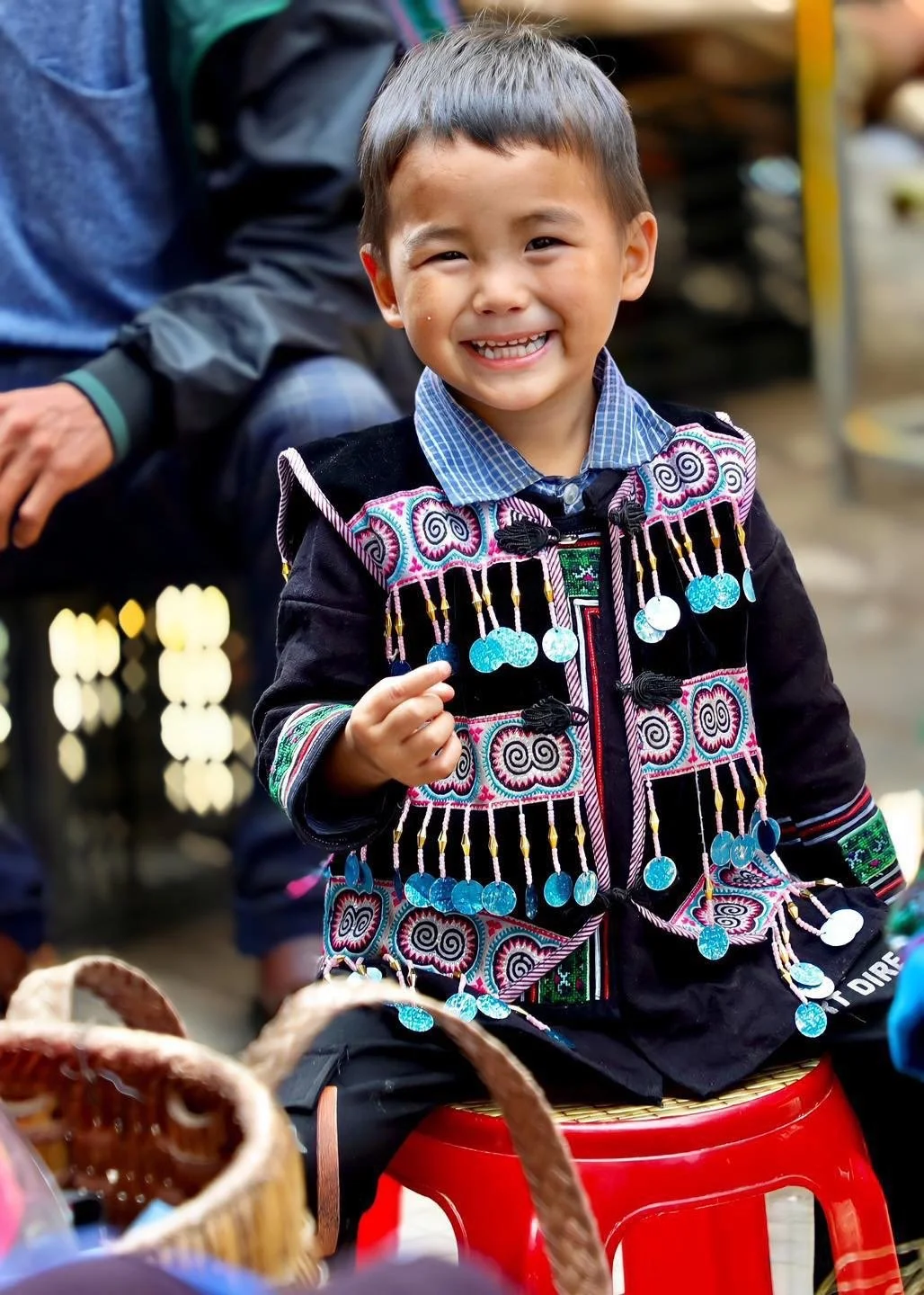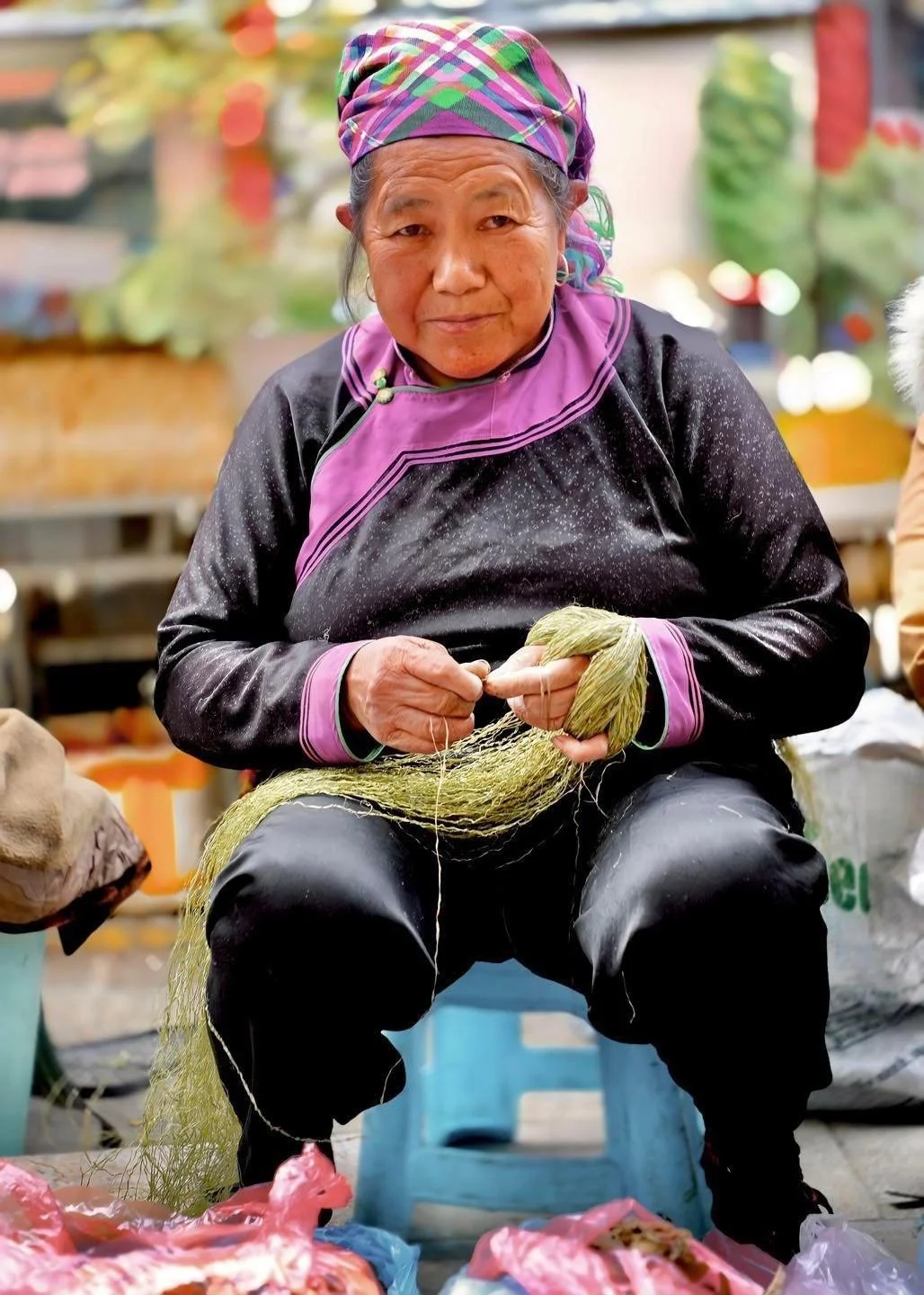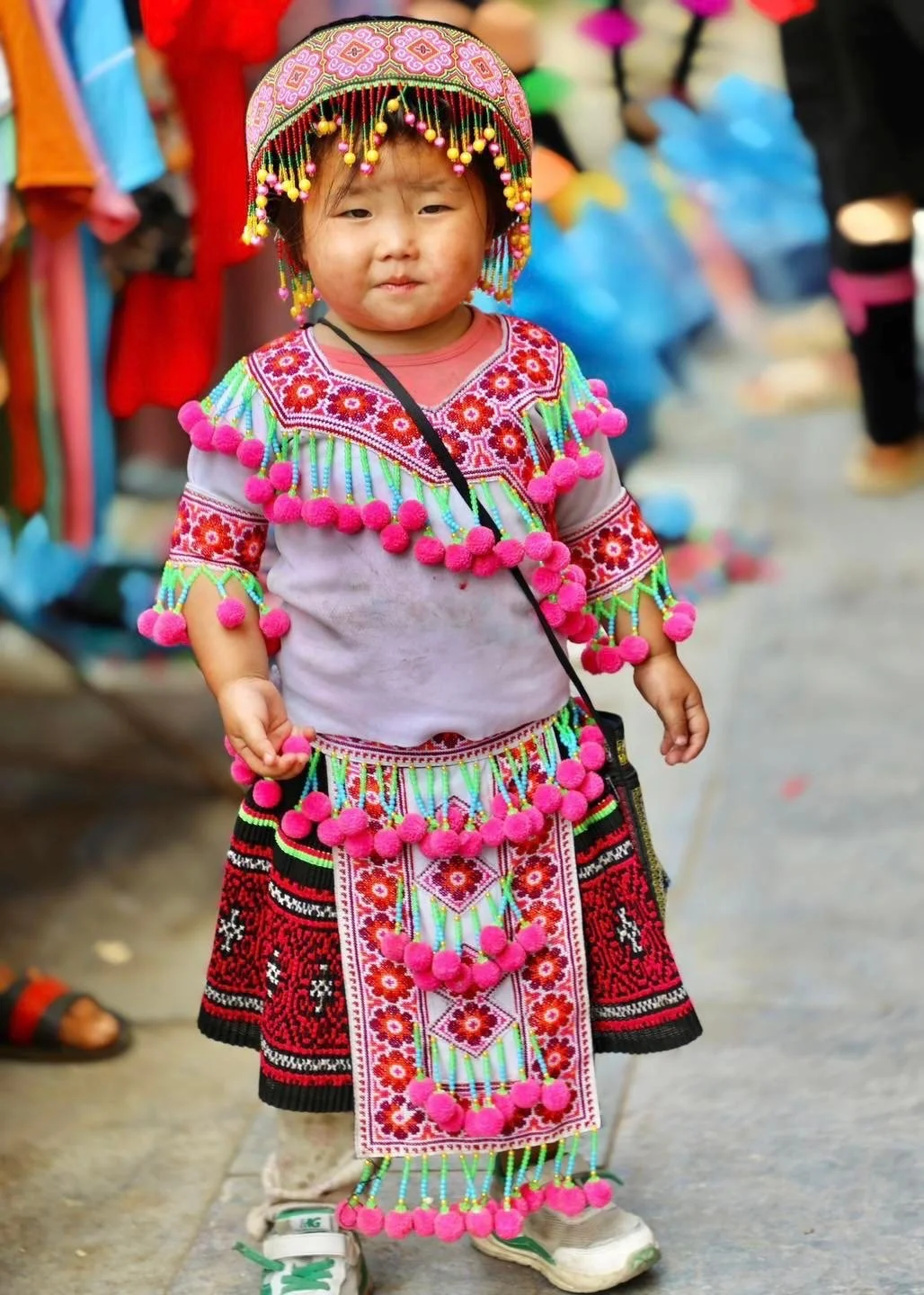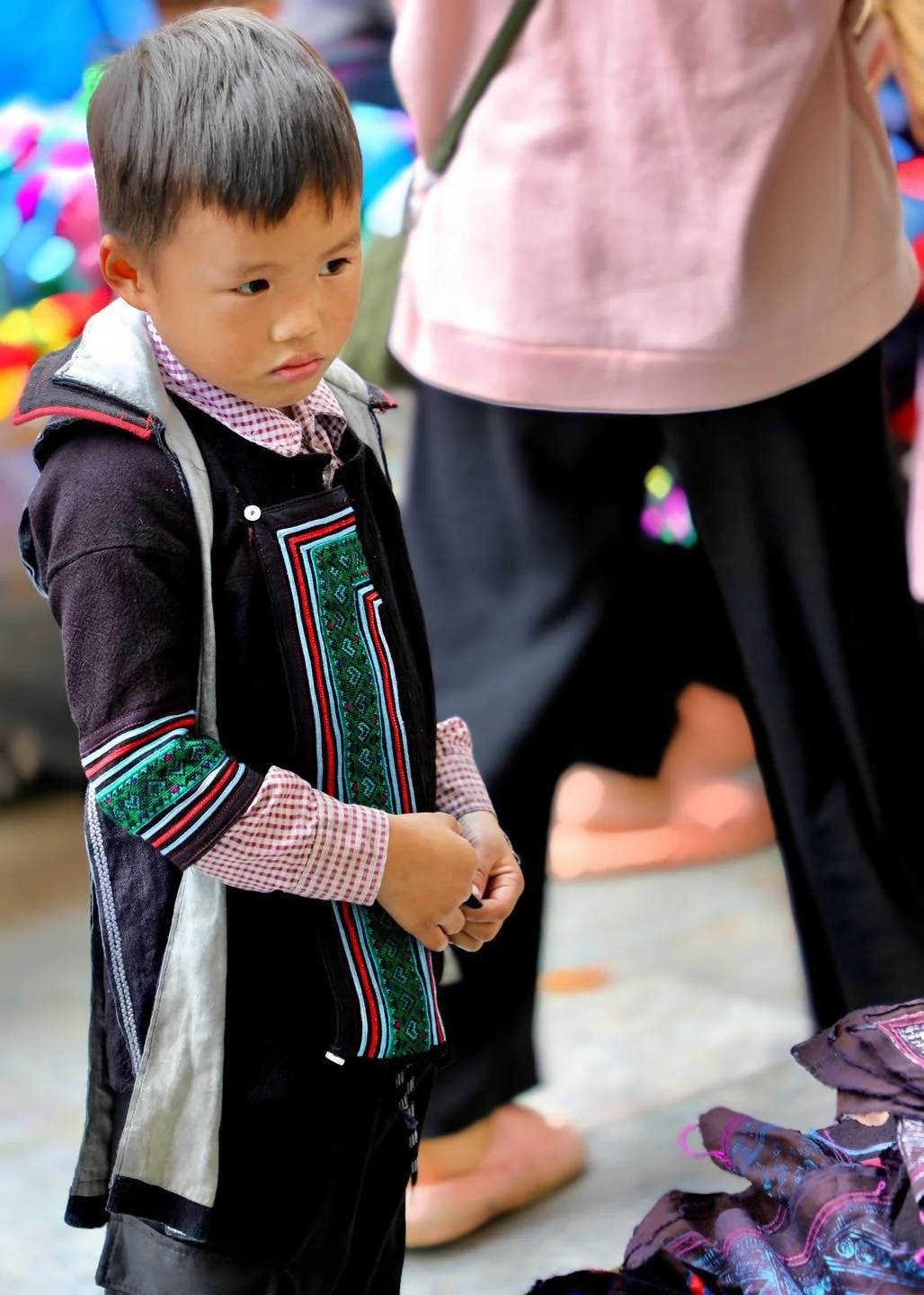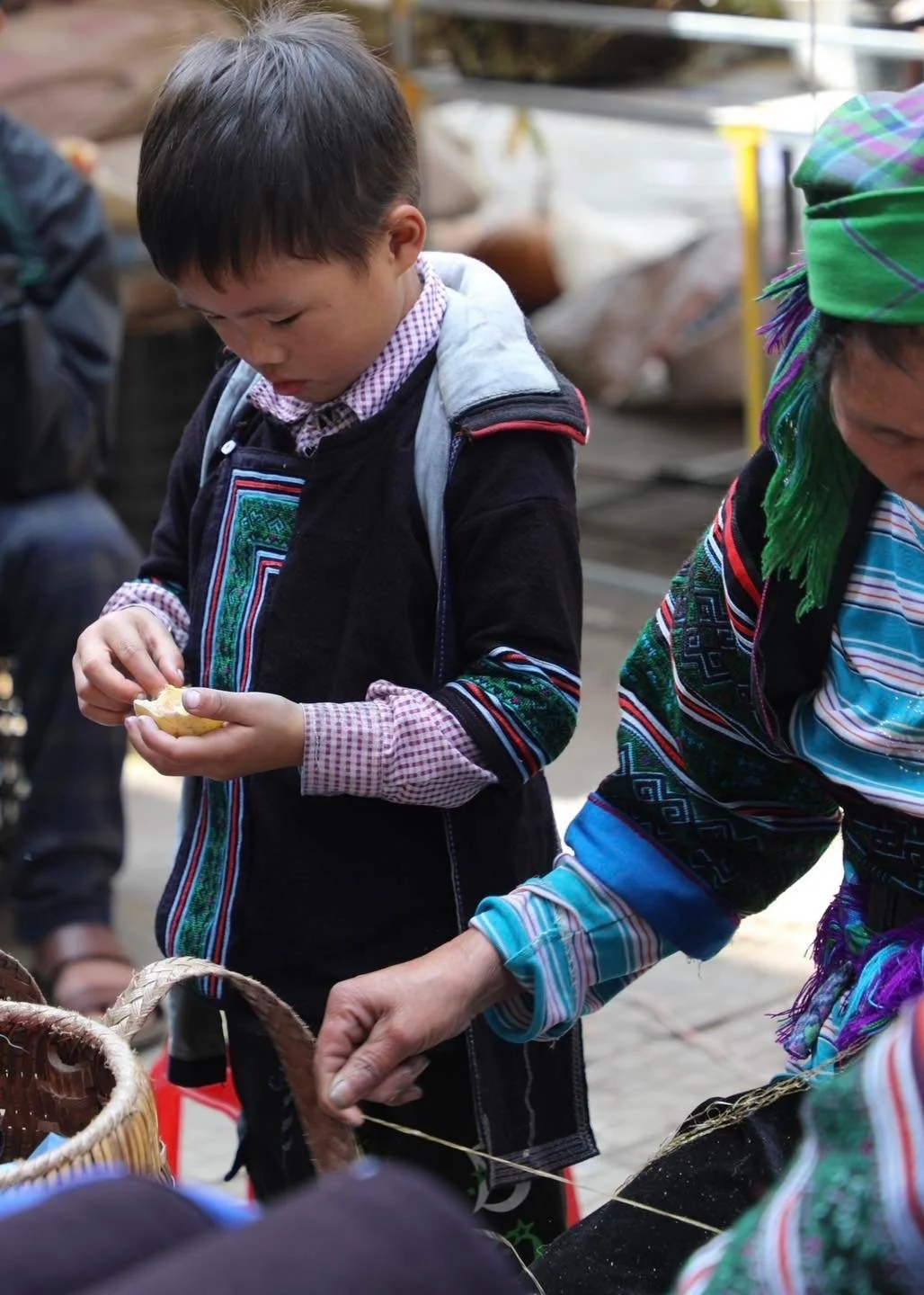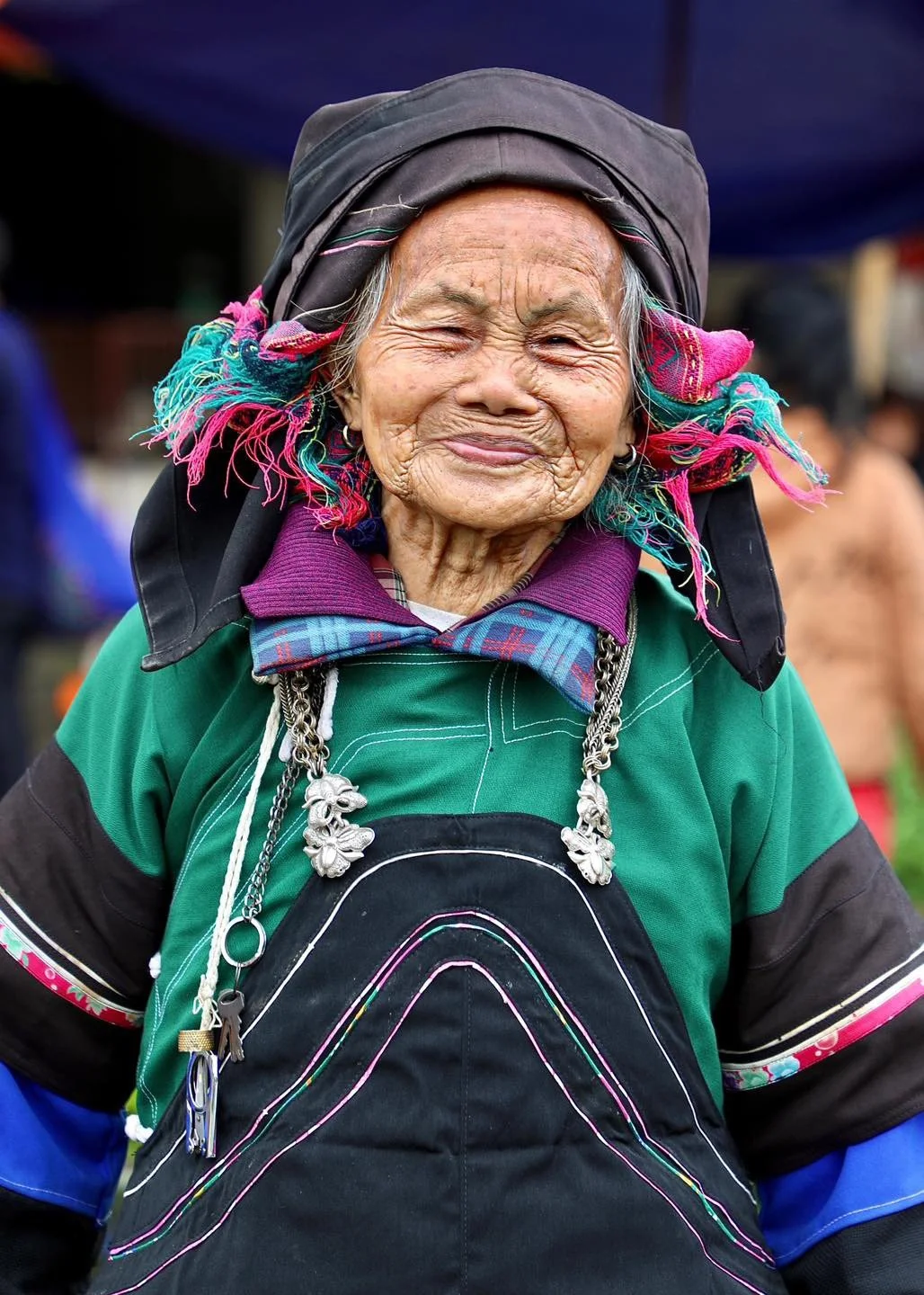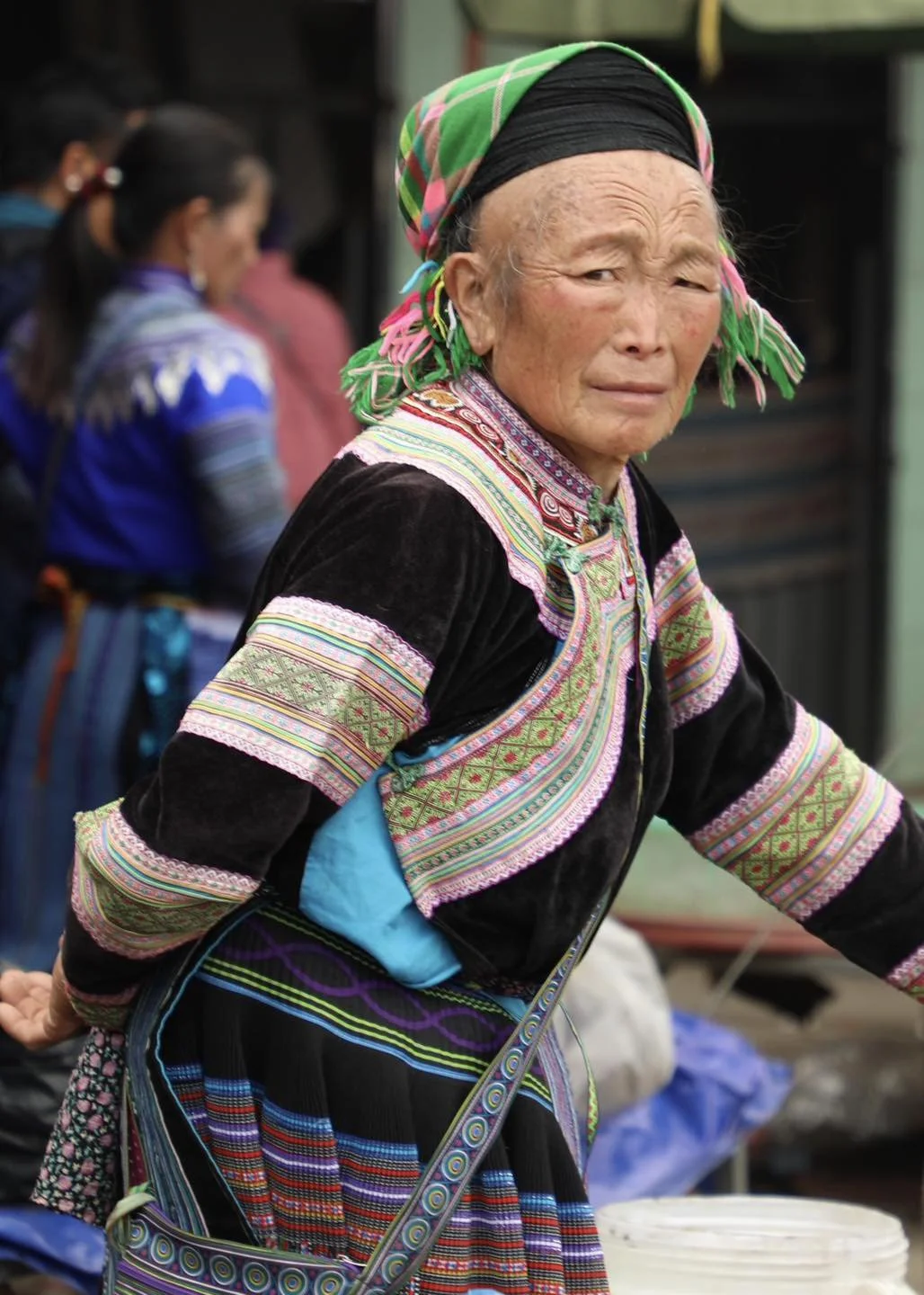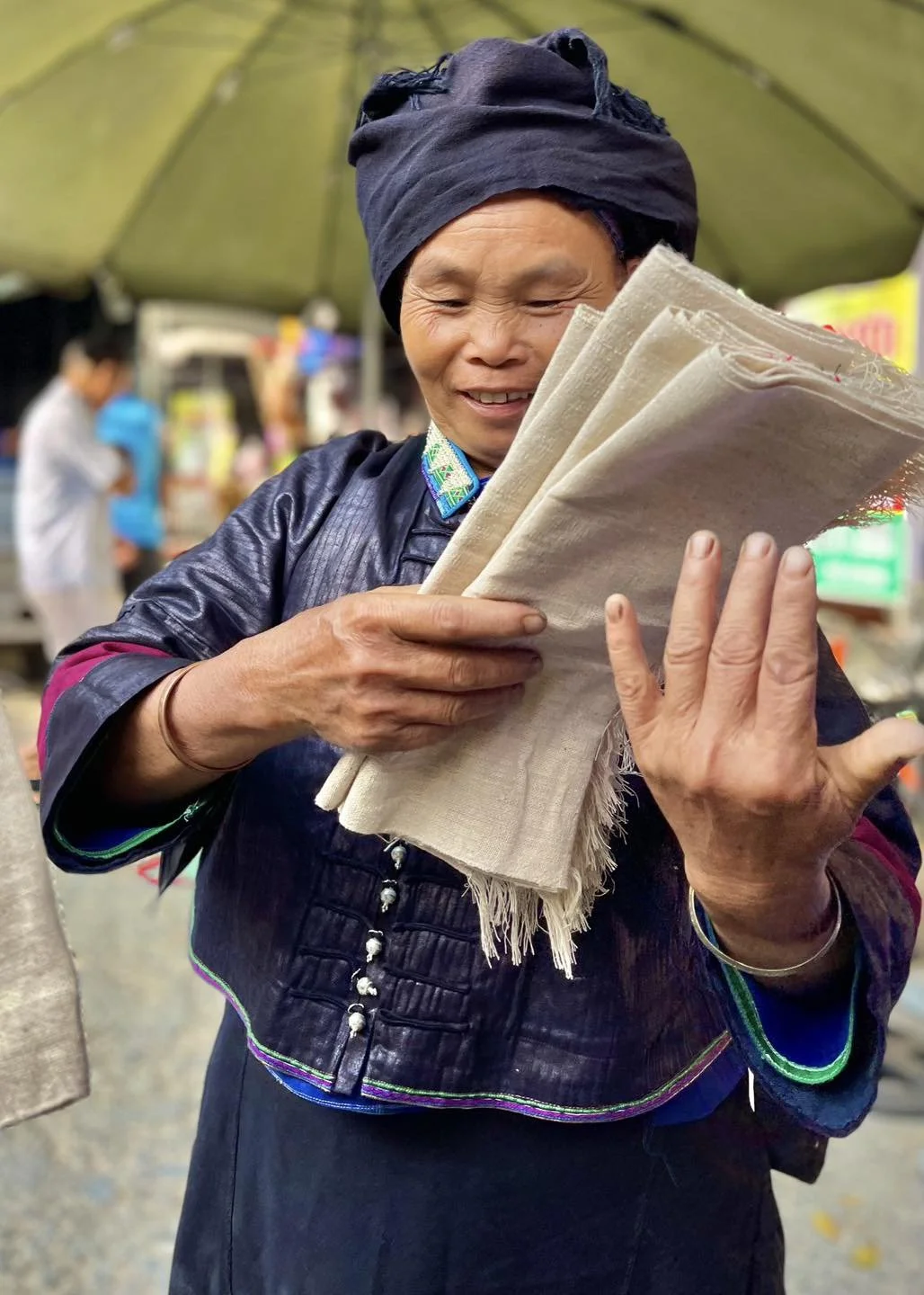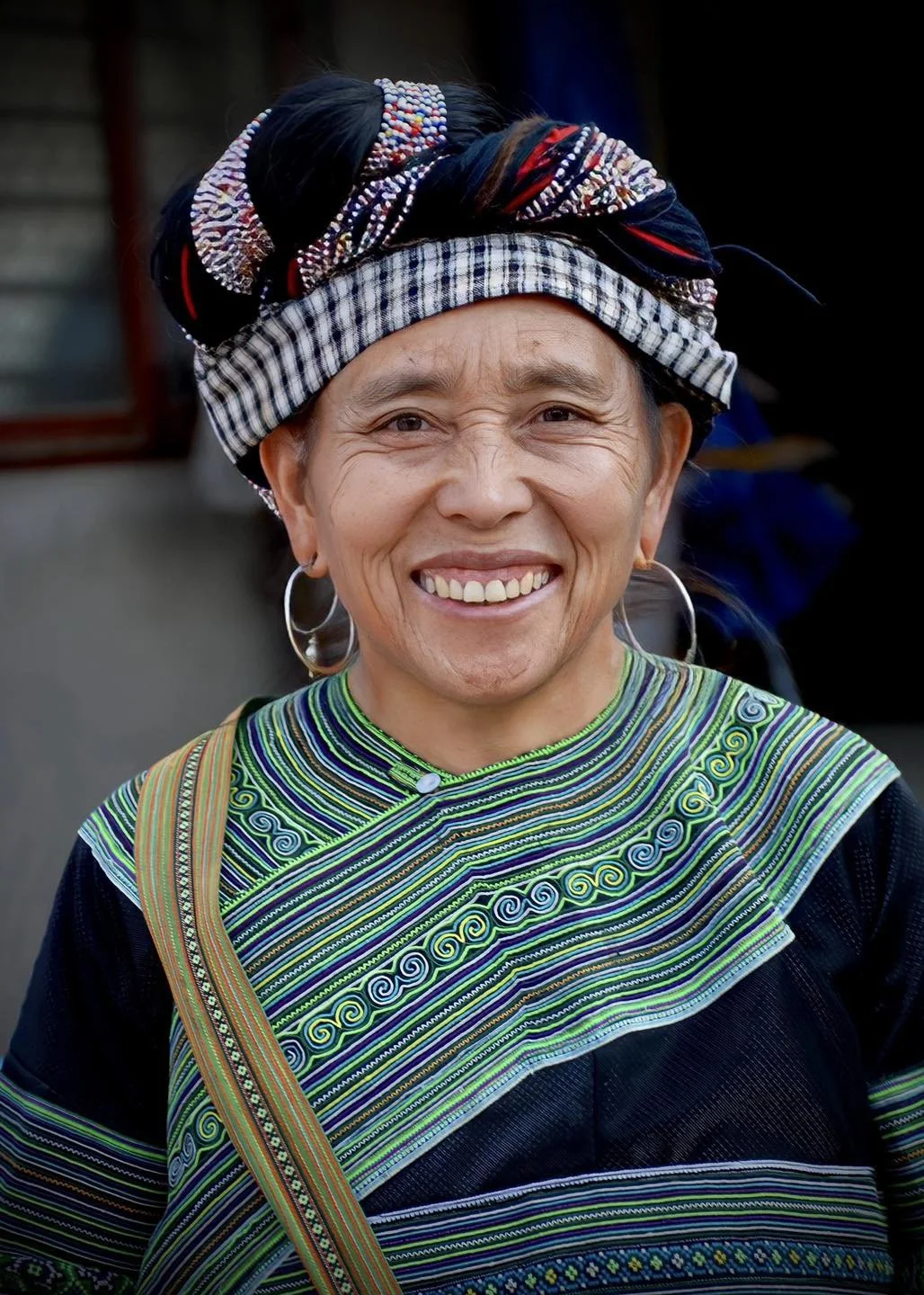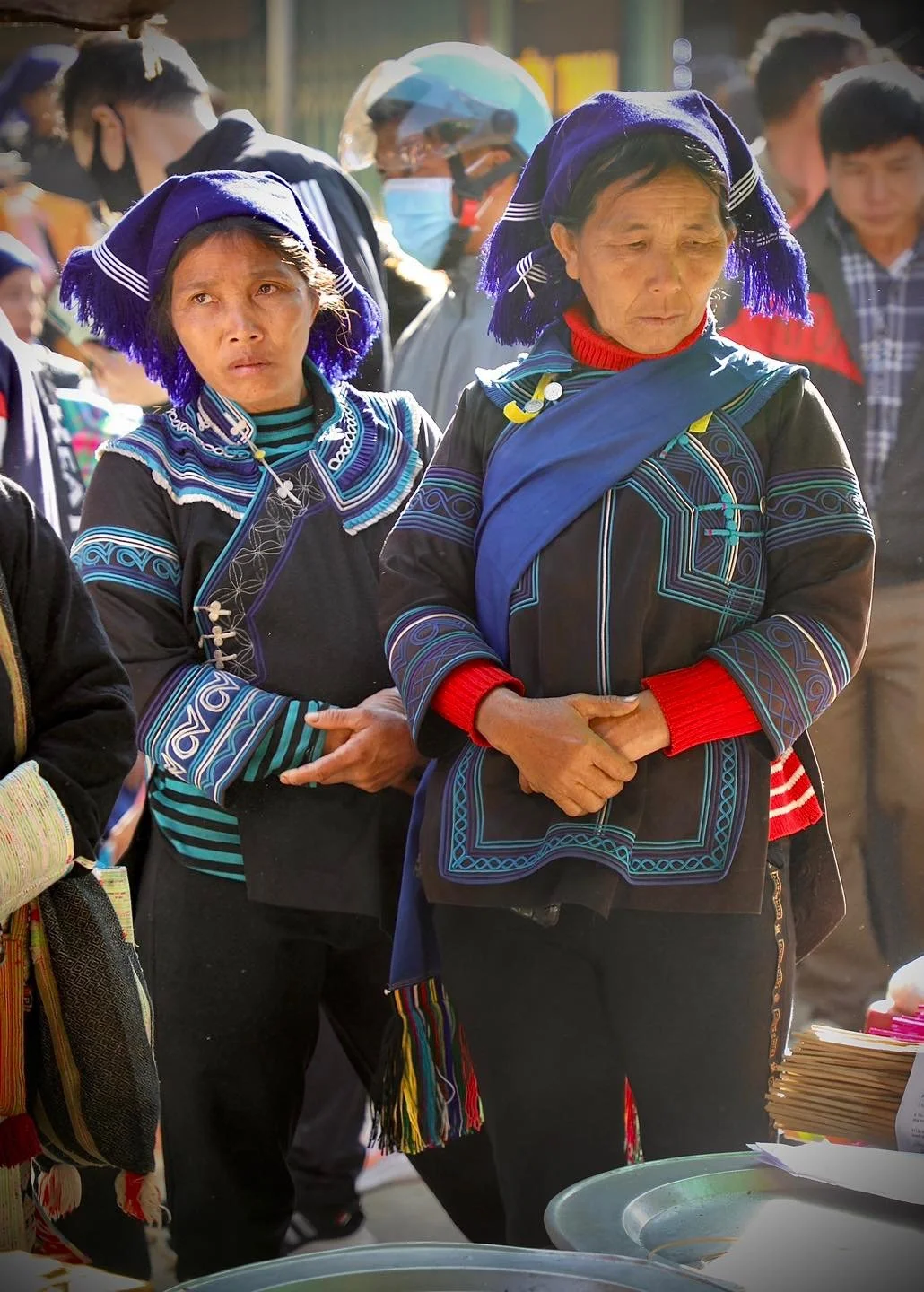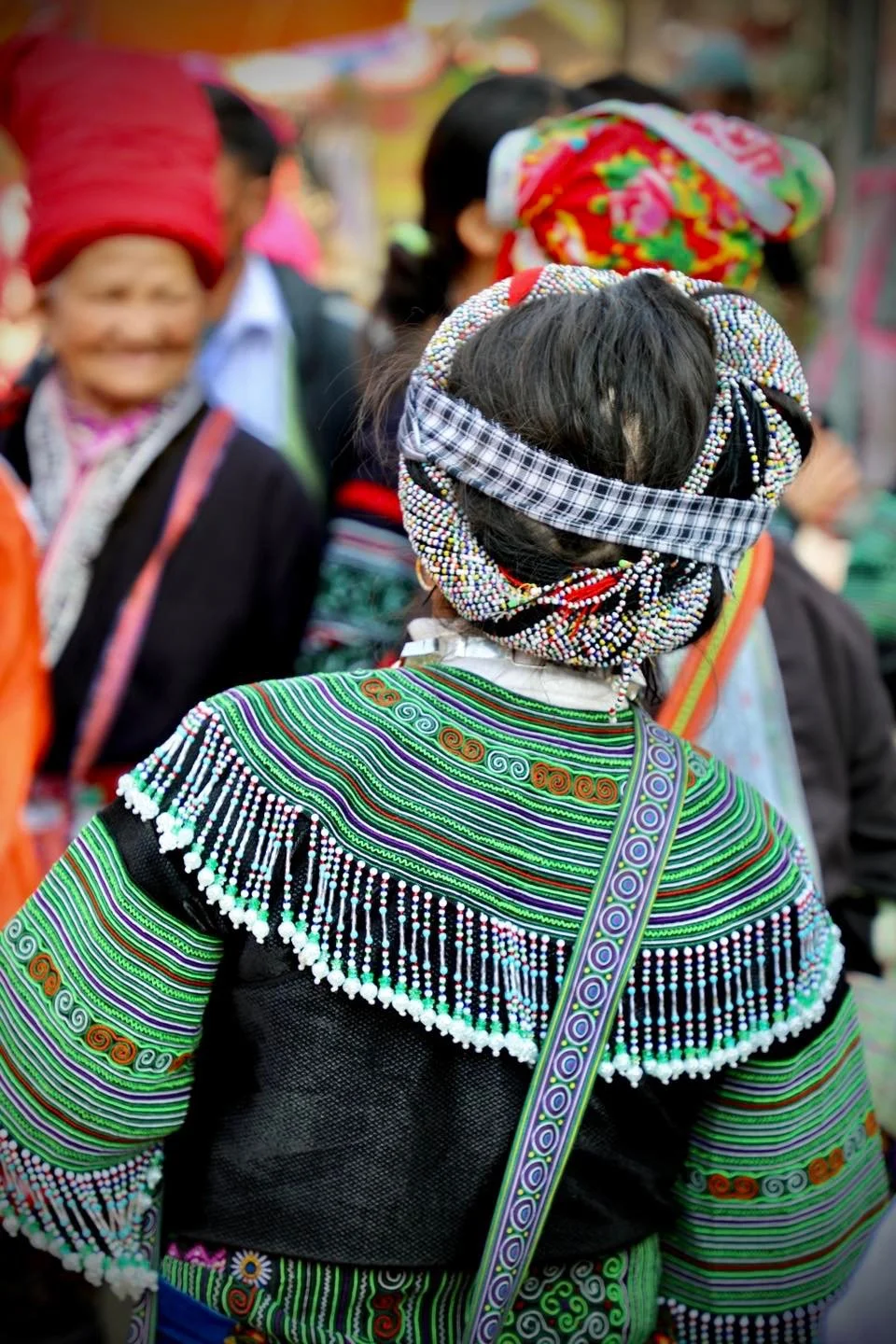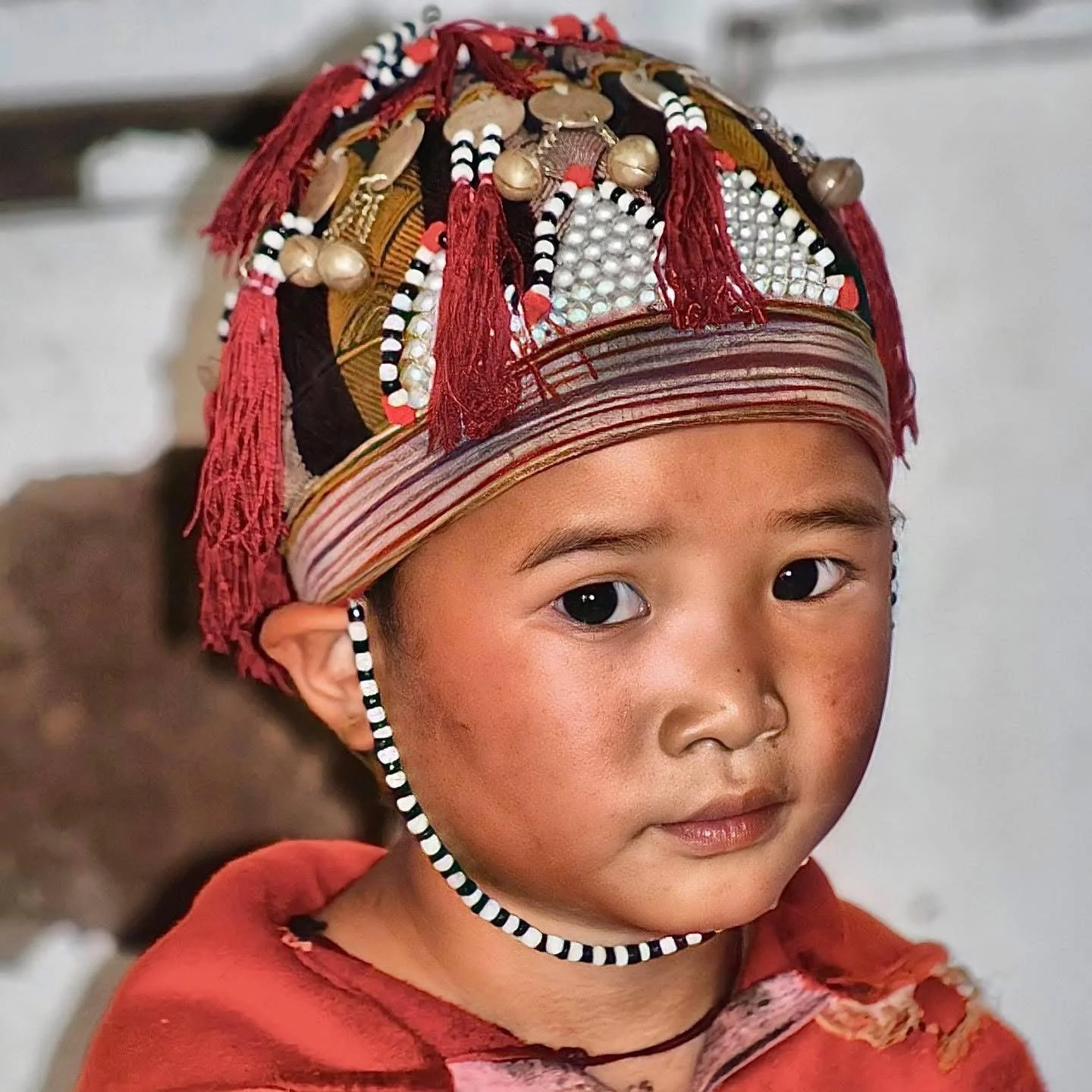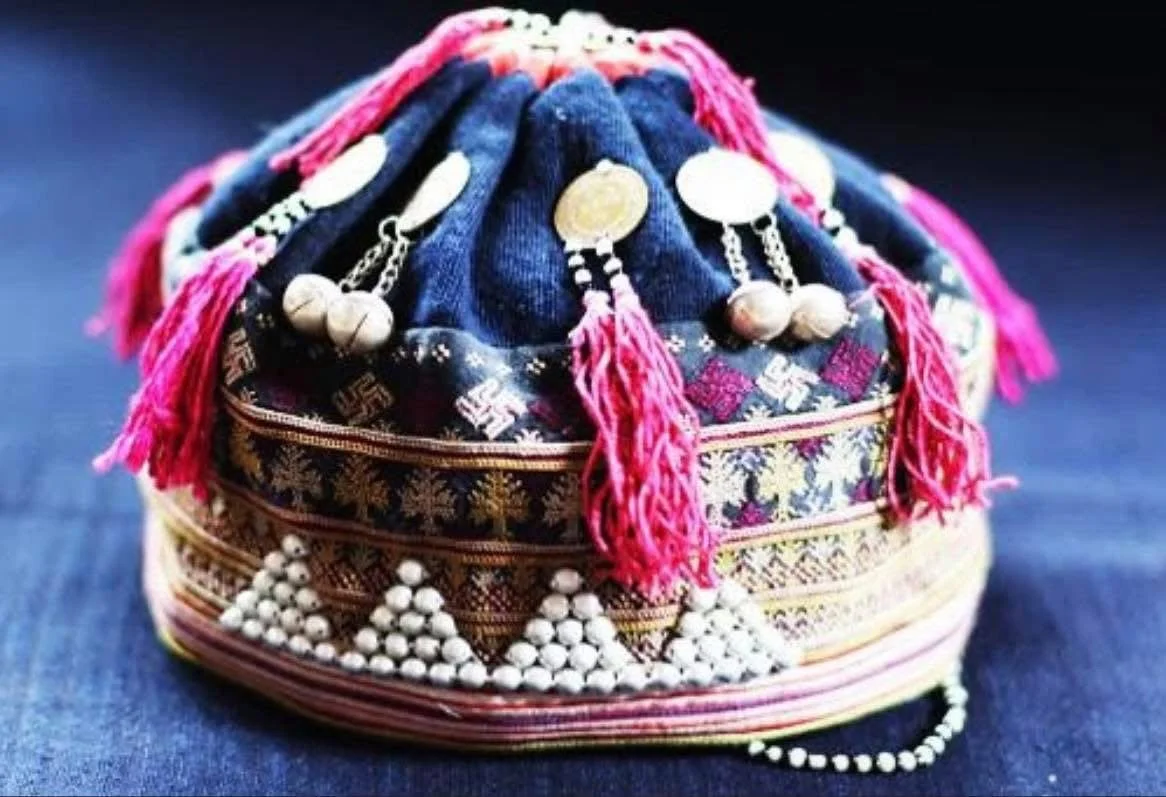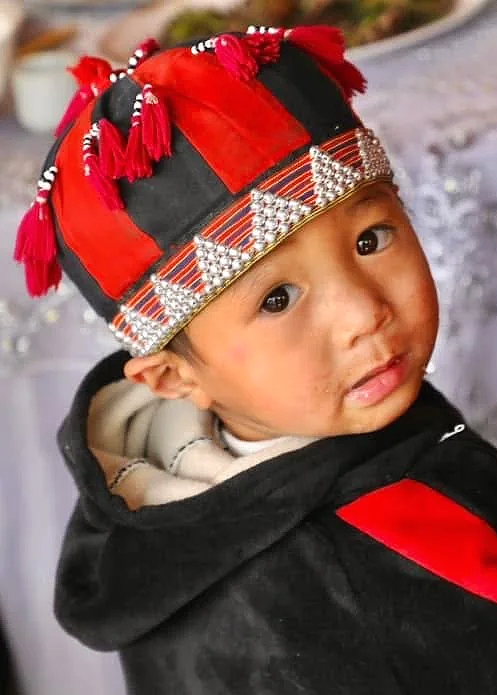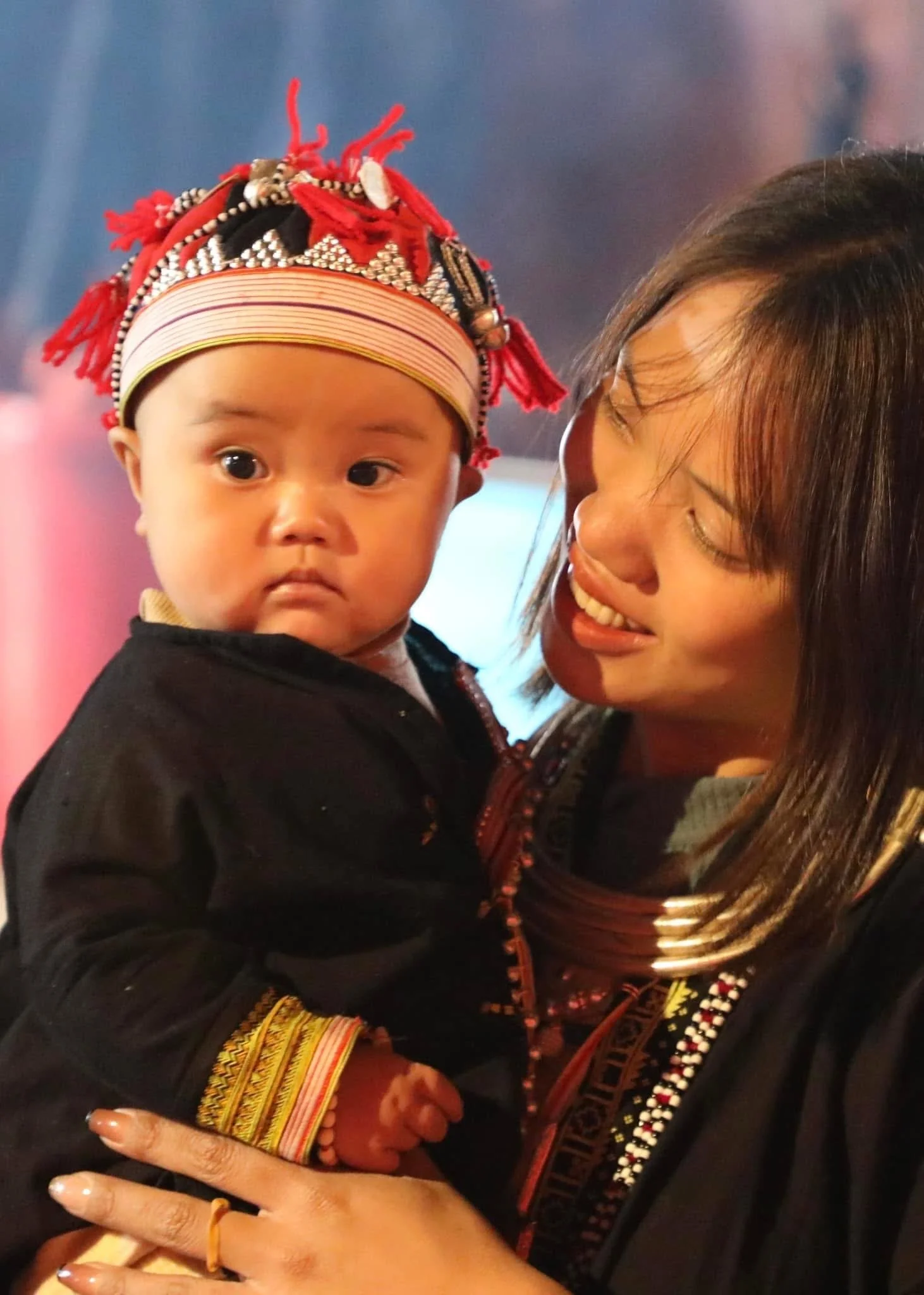Insights and Stories from Sapa and the Northern Borderbelt provinces of Vietnam.
Northern Vietnam’s Mountain Markets: Where Culture Comes Alive
Explore the mountain markets of northern Vietnam lively spaces where culture, colour and community meet. Discover why Sapa’s Sunday market is a hidden gem.
A Living Portrait of the Highlands
There are few better ways to understand the rhythm of life in northern Vietnam than by wandering through a weekly mountain market. These gatherings are more than trading places; they are meeting grounds for entire communities. From the first light of dawn, the valleys fill with movement, people walking for hours along steep tracks, horses carrying bundles of herbs and woven baskets, the air thick with the scent of grilled corn and freshly cut bamboo.
Markets in the highlands are living, breathing portraits of culture. They are where stories are exchanged as freely as goods, where a smile or a gesture can bridge the gap between strangers, and where traditions that have endured for centuries still unfold in the open.
The Pulse of the Hills
The larger, more established markets draw crowds from the surrounding villages. Visitors often arrive in their finest embroidered clothes, patterns gleaming in the sunlight. Here, they sell or trade livestock, handwoven textiles, traditional medicines, foraged herbs, wild honey, and freshly harvested fruits and vegetables. The soundscape is a mix of conversation, bargaining, laughter, and the rhythmic clatter of hooves on stone.
Markets such as Bac Ha and Dong Van have become well known to travellers for their scale and colour. They remain impressive, no doubt, but sometimes the smaller, quieter places hold the deepest charm.
Sapa’s Hidden Gem
The Sunday market in Sapa is one of those gems that travellers too often overlook. Nestled among misty hills, it remains one of the most authentic and characterful ethnic markets in northern Vietnam.
Arrive early, ideally between 7am and 11am, when the morning is at its most vibrant. The stalls brim with life, bright woven skirts, silver jewellery, baskets of mushrooms and wild ginger, and steaming bowls of noodle soup shared over laughter.
The market is a meeting point for the Black Hmong, Red Dao, and Giay communities. On most weekends, Tay and Thai villagers make the journey too, adding to the lively mix of languages, colours, and customs.
The best times to visit are during the post-harvest months (September) and before Tet New Year (late January), when people travel from afar to trade, prepare for celebrations, and reunite with friends and relatives.
More Than a Market
To wander through Sapa Market is to witness a beautiful balance between change and continuity. While modern influences have inevitably crept in, with plastic goods beside handwoven cloth and the occasional smartphone flashing among the stalls, the heart of the market remains unmistakably traditional.
What makes it so special is not the transaction but the atmosphere. It is the way a Dao woman adjusts her headdress in a polished mirror, or how a Hmong grandmother laughs as a grandchild tries to carry a basket twice their size. These small moments capture something more meaningful than any souvenir ever could.
Visiting Responsibly
As with all cultural encounters, mindful travel matters. Ask before taking photographs, buy directly from the artisans, and avoid overbargaining. A respectful exchange is part of what keeps these markets alive, ensuring that local people benefit from the growing interest in their craft and culture.
ETHOS encourages visitors to see markets not as attractions but as invitations, opportunities to slow down, listen, and learn.
For those drawn to authenticity, Sapa Market remains one of northern Vietnam’s most genuine and rewarding experiences. It is a window into community, resilience, and the enduring artistry of mountain life.
Learn more about exploring Vietnam’s northern markets with purpose and respect at ETHOS Spirit of the Community.
Photo Credit: Lý Cha
Red Dao Baby Hats A Mother’s Love Stitched into Tradition
Red Dao baby hats are beautiful, bright and full of spiritual meaning. Mothers embroider them with symbols, coins and herbs to protect young children.
A Living Culture of Craft
Red Dao women are known for their incredible skills in hand embroidery. Every stitch is full of patience and pride. Textiles are part of daily life in the mountains, not only for beauty but also for cultural identity and protection. When a child is born, a mother begins one of the most meaningful pieces she will ever make. The baby hat.
Why Babies Need Protection
In Red Dao belief, young children are still growing their spirit. From one month to around five years old, they can fall ill very easily because bad spirits may come close. Mothers believe that a handmade hat with symbols and colour will help protect their children while their spirit becomes stronger.
More Than Decoration
The colourful patterns are full of meaning. A baby girl often has a more embroidered hat with bright colours and special symbols. Boys usually wear hats with three colours such as red, black and purple.
Coins, beads and pom poms decorate the hat so it catches the eye. Inside the embroidery, the mother often places medicinal herbs which are believed to support health and keep away bad spirits. When a hat dances with colour, it looks like a flower. A bad spirit, seeing a flower instead of a baby, will leave the child alone. The hat becomes both a shield and a disguise.
Made by a Mother’s Hands
Most hats are made by the child’s mother. Sometimes a grandmother helps, especially if she has greater experience with symbols. The design is personal to the family and protects the child every day, not only on festival occasions. Children wear their hats while playing, walking, resting and even being carried on their mother’s back.
Childhood to Independence
When children reach about five years old, they stop wearing the baby hat because their spirit is stronger. They begin to learn about their culture in other ways. Clothing remains important but the secret spirit protection of the hat has already done its job.
A Beautiful Tradition to Cherish
These hats are not just decoration. They are a sign of love, a prayer for protection and a reminder that every child is precious. The Red Dao baby hat shows the care of mothers who have protected children in the mountains for generations.



